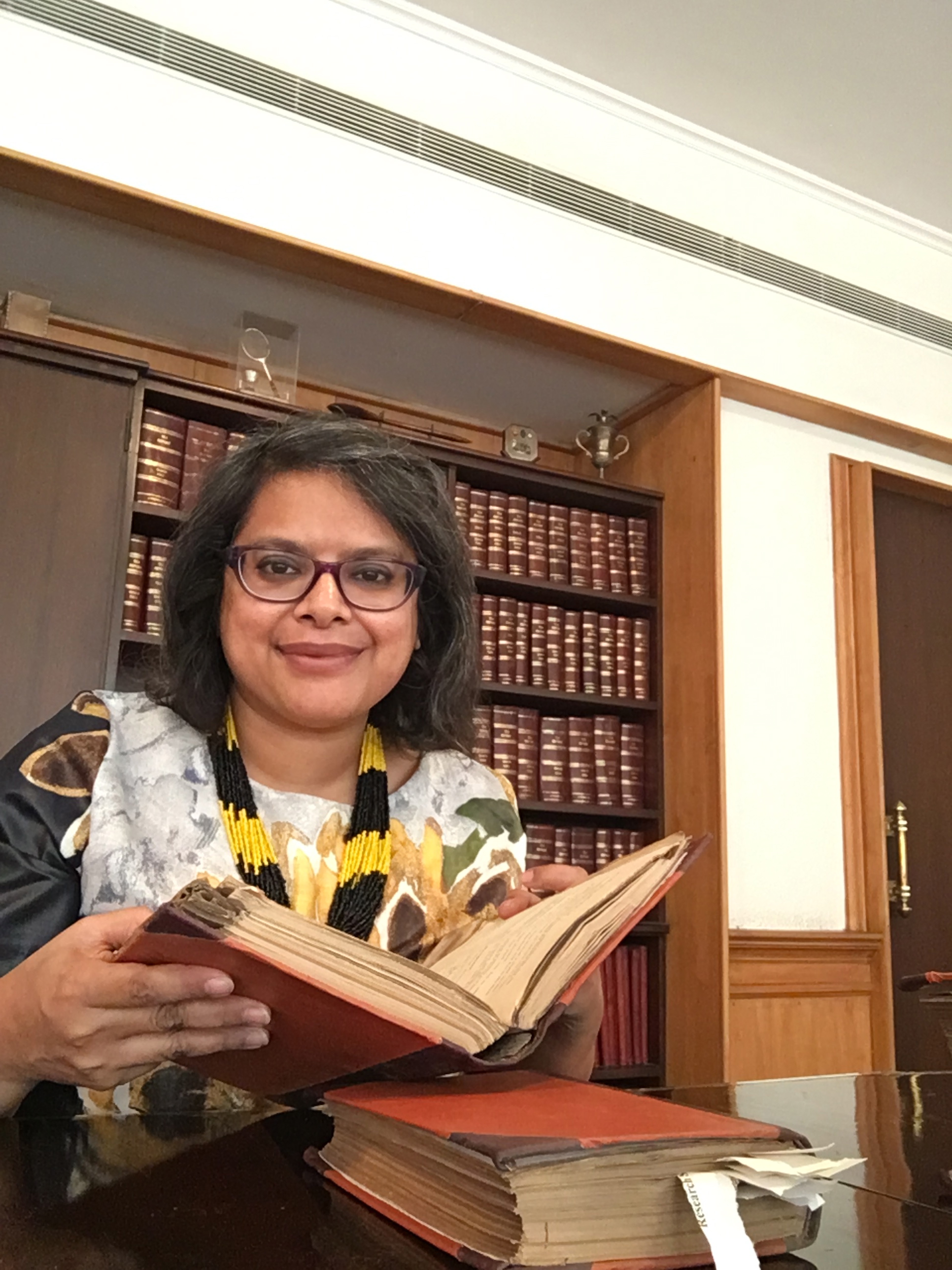About

The Landscape Studies at Syracuse University website emerged in the midst of the COVID-19 pandemic. It is testament to the camaraderie of the faculty who shaped the intellectual life of the seminar, as well as to the collegiality of the graduate students who were invited to contribute to the website at an extraordinary moment in human history. At a time when social distancing has made us acutely aware of the limits of spatiality, and of the spaces those very same limits have opened up for nonhuman animals, our conceptualizations of landscapes as bounded spaces, cultural constructions, and social imaginaries have been radically reshaped by new ways of living and being. Landscapes, we have learned, are anything but fixed. They are fluid, impermanent, and discontinuous even as they overlap and intersect with one another. They are permeable yet subject to limits and codes. And they are rooted in the dynamics of movement and corporeality. Masking has inscribed new boundaries between the outdoors and the indoors, and between different human bodies, thus altering our understanding of interiority, place-making, and physicality. Landscape Studies at Syracuse University gave its participants, the agents of its landscaping, the opportunity to reflect on these topical issues, as well as on their ongoing research and creative projects. Faculty, curators, and select graduate students from African American Studies; Anthropology; Architectural History; Art and Music Histories; English; Geography; Landscape Architecture (SUNY ESF); Native American and Indigenous Studies; School of Art; Sustainable Resources Management (SUNY ESF); Syracuse University Art Museum; and Transmedia contributed to the website. Also featured are select guest lectures by eminent speakers who brought valuable new perspectives on people, plants, animals, and cityscapes to the seminar. Funded by the CUSE Grant Program at Syracuse University, the website is curated by Romita Ray in the department of Art and Music Histories in the College of Arts and Sciences, who is deeply grateful to her colleagues and students for taking the time to share their research and reflections. She thanks guest speakers Bettina Stoetzer (MIT), Harriet Ritvo (MIT), and Mickey Mahan (Syracuse) for enhancing the seminar discussions. And she is indebted to art history major Bridget Claire Fullam (Syracuse University) for transcribing the YouTube videos featured here. The website was designed by Elizabeth Novoa (Unika Analytics) in collaboration with Daniel Acuna (School of Information Studies) at Syracuse University.
